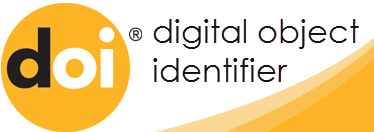CONTEMPORARY APPROACHES TO INSTRUCTING STUDENTS IN ENGLISH
Abstract
Essentially, teaching involves both giving and receiving information. Teachers strive to impart knowledge in the way they understand it, and using innovative methods in education can improve learning and empower individuals. With numerous educational options available, new trends have emerged that are changing the traditional system of education. Recent developments highlight the importance of the education sector, emphasizing quality over quantity and the use of technology. The field of English Language Teaching (ELT) is also constantly evolving, with new trends and methodologies being used worldwide. The study of classical Latin and its grammar has influenced foreign language teaching, leading to new approaches such as the Grammar-Translation Method (GTM) and communicative methods.
Keywords: New devices, Methods, ICT, pedagogy, learning process, Approach, Cooperative learning, Suggestopedia.
References
Current Trends in ELT by Yong Kim Journal of English Teaching. A Triannual Publication on the Study of English Language Teaching. Vol.1 Feb 2011.
Elley, Warwick. 2001. Conclusion: What have we Learned? International Journal Of Educational Research 35, pp.237-246.
Almekhlafi, A. (2006). The effect of Computer Assisted Language Learning (CALL) on United Arab Emirates EFI. School students' achievement and attitude.
Damon, W. And E. Phelps (1989). Critical distinctions among three approaches to peer Education, International Journal of Educational Research, 13(1), 9-19.
Krashen, Stephen. 1989. We acquire vocabulary and spelling by reading: Additional evidence for the input hypothesis. Modern Language Journal 73:4, pp.440-64.












